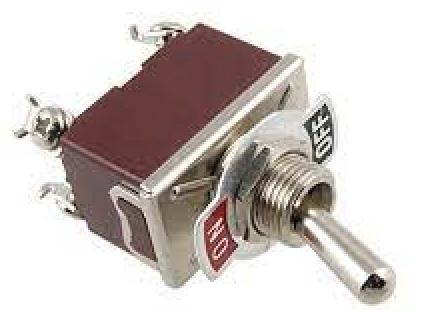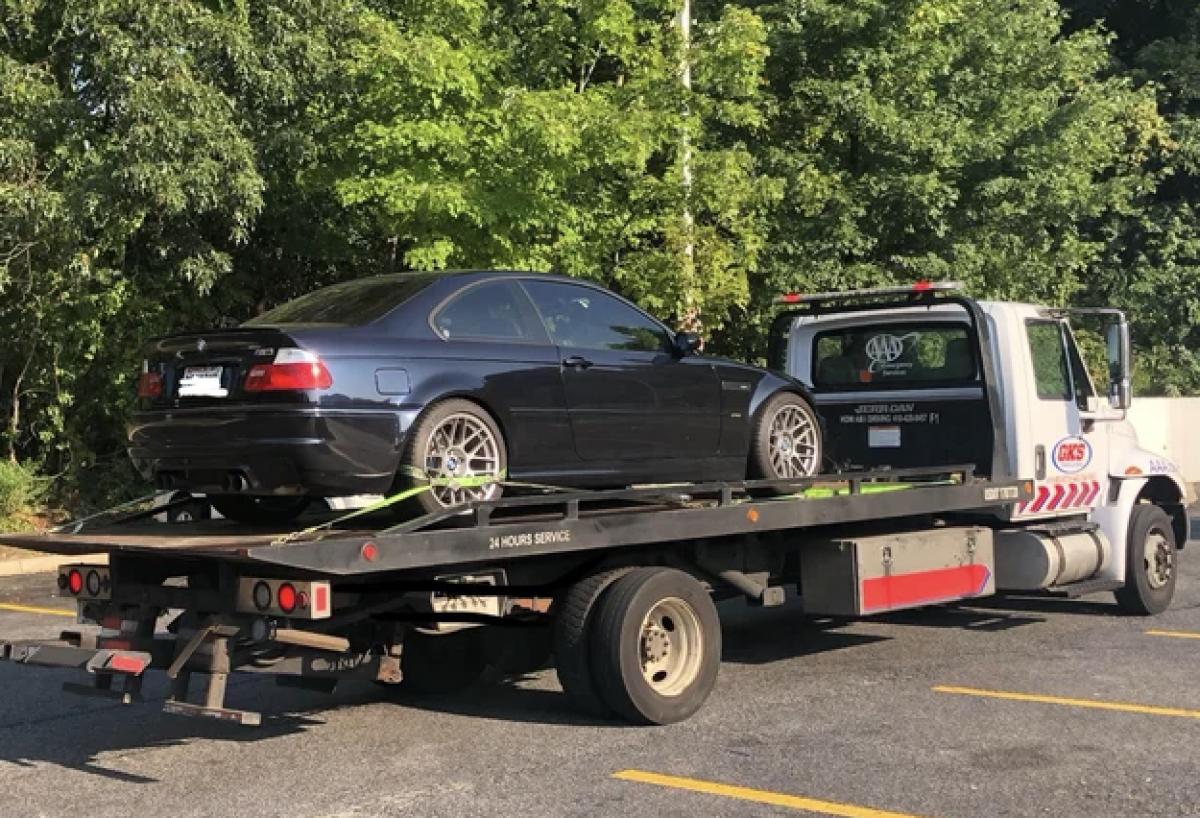Whether you agreed with Ronald Reagan’s politics or not, most would agree he was a “great communicator.” He was, of course, trained to deliver words. One of his first jobs was as an announcer for WHO in Des Moines, Iowa…and the rest was oratorical history. Many of us remember the great speeches- “Mr. Gorbachev tear down this wall.” Or his speech following the Challenger Disaster. What was special about his delivery was not his ability to read a teleprompter or to give a small nod at the right moment, but the words he used. His speeches brought his ideas to life by telling stories and using word pictures. Of course, he had a great team of speech writers who knitted the words and phrases into a successful speech.
Several years ago, I read a book by Frank Luntz, one of those speech writers. In Words that Work, Luntz shares the secrets to great communication.
“It’s not what you say; it’s what people hear. You can have the best message in the world, but the person on the receiving end will always understand it through the prism of their own emotions, preconceptions, prejudices, and preexisting beliefs.”
Luntz also shares what he thinks is one of the most powerful tools in political communication. That is, to get your audience to visualize… imagine. Only when people can see a better future will they consider a change.
In mediation, I often use the word imagine. When parties are stuck in the past or cannot move the mediation process forward, I ask them, “What would life be like if you had this conflict behind you?” That often causes a pause and a reflection on why they are there. It is not to convince me who is right or wrong. I am not a judge. It is not to convince the other party who is right. Mediation is about finding common ground, albeit imperfect, and getting on with your life without the stress and emotion of argument and disagreement.
Imagining a different future also provides the basis for setting goals that will help you get there. Those goals become the guardrails for mediation. It helps parties decide what an acceptable outcome is and what is not. What they can offer and what are “must-haves.” In settling conflicts, whether in a divorce or a contract matter, focusing on the future is a powerful motivator and will help produce a successful outcome for both parties. But that future first needs to be defined. That is where taking the time to “imagine” a better life is a powerful tool.
“Logic will get you from point A to B. Imagination will take you everywhere.”
Albert Einstein
Steve Forrer, the former dean, and vice-chancellor of the University of Maryland Global Campus, is currently a mediator for the Maryland District and Circuit Courts. Questions can be submitted at www.doncastermediation.com/contact for Steve to answer in this column. He also accepts private mediation.










